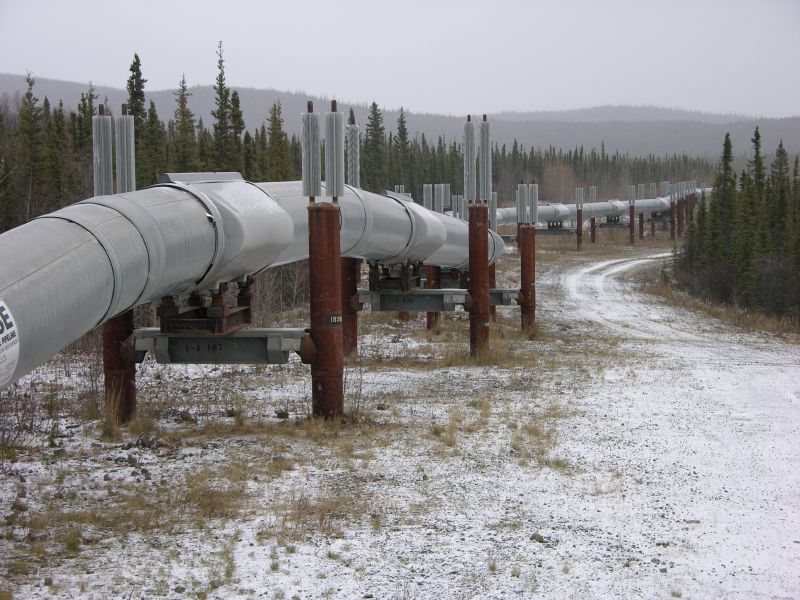The Alaska Permanent Fund Dividend - What's It All About?!
Why do Alaskans get a Permanent Fund Dividend?
The Permanent Fund Dividend (PFD) is a program in Alaska that provides an annual payment to eligible residents of the state. The Permanent Fund Dividend (PFD) program was established in 1976 by the state of Alaska through the Alaska Permanent Fund Act, which was signed into law by then-Governor Jay Hammond. Governor Hammond was the main architect of the PFD program and is often credited with its creation.

Governor Hammond, who served as Governor of Alaska from 1974 to 1982, was a strong advocate for the idea of sharing the state's natural resource wealth with its citizens. He believed that the state's oil wealth should be used to benefit all Alaskans, rather than just being used to fund government programs.

In order to achieve this goal, Governor Hammond proposed the creation of the Permanent Fund and the PFD program. The Permanent Fund would be funded by a percentage of the state's oil revenues, and the PFD would provide an annual payment to all eligible residents of the state. It is intended to provide a stable source of income for residents and to help stimulate the economy of the state.

Eligibility for the PFD is based on the length of time a person has lived in Alaska and their status as a resident. In order to receive the PFD, a person must have lived in Alaska for at least one calendar year as a permanent resident, and must not have been absent from the state for more than 180 days in any calendar year.

The amount of the PFD payment varies each year, depending on the performance of the Permanent Fund and the amount of oil revenue received by the state. The payment is typically distributed in the fall of each year.
Since 1976, the PFD has become an important part of life for many Alaskans and has helped to stimulate the economy of the state.

